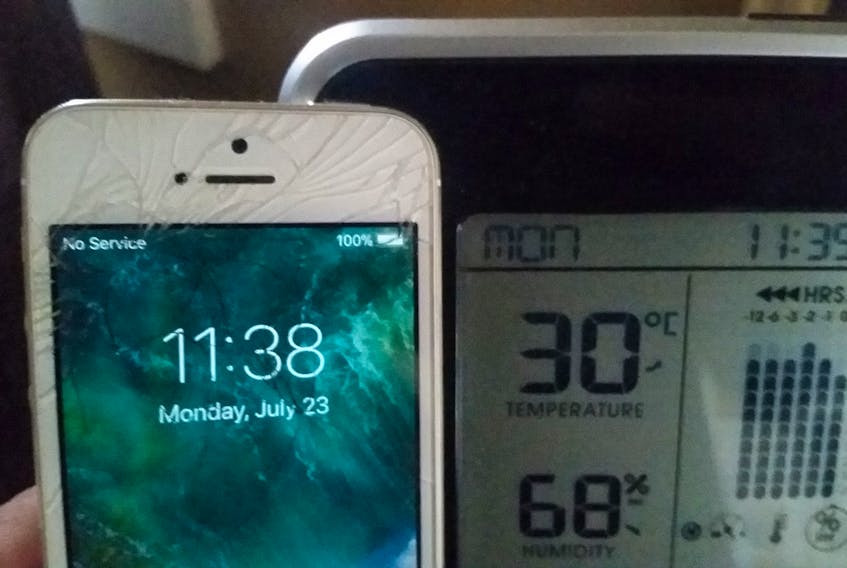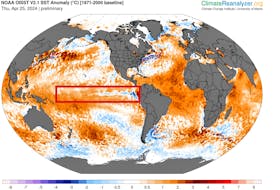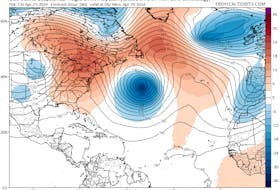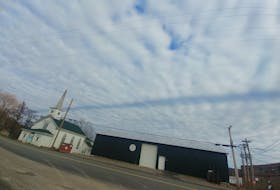Hot enough for ya’?
Hard to believe that, with very few exceptions, this is not record heat – if you’re measuring the temperature of the air! Air temperature records are in the low- to even mid-30s! It feels like that though, and that is what’s known as the humidex or the feel-like temperature.
The other day, a neighbour asked me why, during my weather presentation, I often talk about the humidex and not the humidity. He also wanted to know how the two differ.
So here goes:
The official term for humidity is relative humidity. It is the amount of water in the air, in vapour form, relative to the amount of water that the air could hold at a given temperature.
At 19 degrees, a humidity reading of 75 per cent is not that uncomfortable. At 27 degrees, a 75-per-cent humidity reading is very muggy.
- WEATHER UNIVERSITY: Rainbows are a trick of the light
- GRANDMA SAYS: Taking a bite out of summer
- CINDY'S SNAPSHOT: Phil Vogler, New London, P.E.I.
The humidex is a measure indicating the level of discomfort the average person is thought to experience, as a result of the combined effects of the temperature and humidity. We've all noticed how, some days, we don't have the energy we should have, or we can't exercise the way we'd like to. The reason for this is our skin is not breathing effectively enough to keep us cool.
In drier heat, when the air is hotter than the body, the blood moves closer to the skin's surface and cannot cool down on its own; at this point, sweat glands kick in to produce electrolytes on the skin's surface. The evaporation of sweat cools the body.
On exceptionally humid days, you might find that you feel even weaker and more fatigued. That's because the air on the outside of your body is already saturated, making it difficult for your skin to release more moisture and cool you down.
Range of humidex: Degree of comfort or discomfort
Less than 29 — Little or no discomfort
30 to 34 — Noticeable discomfort
35 to 39 — Evident discomfort
40 to 45 — Intense discomfort; avoid exertion
Above 45 — Dangerous discomfort
Above 54 — Heat stroke probable
Humidex values will be in the mid- to upper-30s for the next couple of days. Slow down, stay hydrated and keep an eye on your pets!
Cindy Day is SaltWire Network's chief meteorologist









